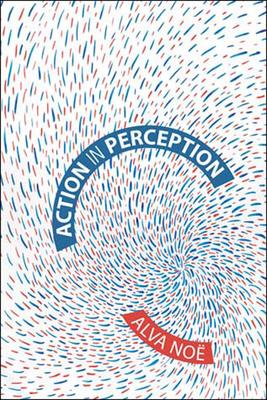To perceive, according to this enactive approach to perception, is not merely to have sensations; it is to have sensations that we understand. In Action in Perception, No investigates the forms this understanding can take. He begins by arguing, on both phenomenological and empirical grounds, that the content of perception is not like the content of a picture; the world is not given to consciousness all at once but is gained gradually by active inquiry and exploration. No then argues that perceptual experience acquires content thanks to our possession and exercise of practical bodily knowledge, and examines, among other topics, the problems posed by spatial content and the experience of color. He considers the perspectival aspect of the representational content of experience and assesses the place of thought and understanding in experience. Finally, he explores the implications of the enactive approach for our understanding of the neuroscience of perception.

To perceive, according to this enactive approach to perception, is not merely to have sensations; it is to have sensations that we understand. In Action in Perception, No investigates the forms this understanding can take. He begins by arguing, on both phenomenological and empirical grounds, that the content of perception is not like the content of a picture; the world is not given to consciousness all at once but is gained gradually by active inquiry and exploration. No then argues that perceptual experience acquires content thanks to our possession and exercise of practical bodily knowledge, and examines, among other topics, the problems posed by spatial content and the experience of color. He considers the perspectival aspect of the representational content of experience and assesses the place of thought and understanding in experience. Finally, he explores the implications of the enactive approach for our understanding of the neuroscience of perception.